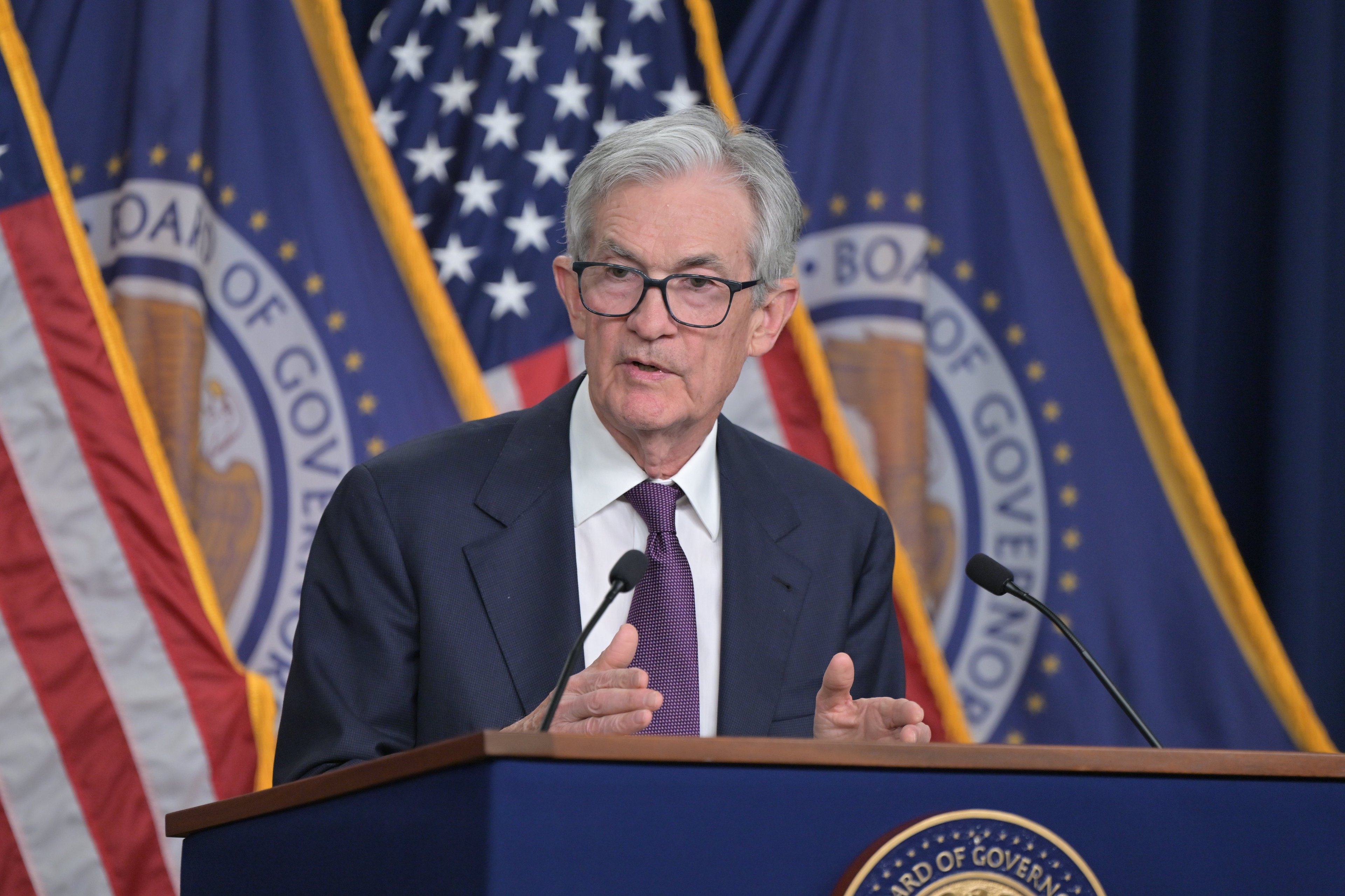Today may have only been a half day for the market, but we were absolutely inundated with economic data that was pushed forward by tomorrow's July 4th holiday.

No report pushed the broad-based S&P 500 (^GSPC 0.03%) higher more than the nonfarm payroll figures for June. According to the U.S. Labor Department's early morning data release, nonfarm payroll employment rose by 288,000 in June, which was significantly higher than the range offered by economists of between 210,000 and 230,000. It also echoed the strength from yesterday's ADP private sector employment report. Because this number was so strong, and the labor force participation rate continues to dip over the long term, the U.S. unemployment rate ticked 0.2% lower, to 6.1%.
The monthly jobs report certainly overshadowed a relatively tame release of the initial weekly jobless claims data, which rose 2,000 from the prior week to a seasonally adjusted 315,000. Although investors would much prefer to never see this figure go up, a seasonally adjusted rate near 300,000 would certainly be conducive to slow, but steady, improvement in the jobs market, and would imply that the unemployed are having an easier time finding and keeping work.
ISM Services for June was also released this morning, and came in with a reading of 56 compared to May's reading of 56.3. This slight dip shouldn't be too surprising, as we witnessed slower expansion in the Chicago PMI earlier this week; so a slight slowdown in the service sector isn't much cause for concern.
Finally, average hourly earnings for June matched Wall Street's projections, and rose 0.2%. They also rose 0.2% in May. Higher pay for workers is important because it could lead to more disposable income and higher consumer spending. Since U.S. GDP is so intricately tied to consumer spending, this steady hourly earnings rise could bode well for the U.S. economy.
By day's end, the broad-based S&P 500 had climbed to yet another all-time closing high, rising 10.82 points (0.55%) to end at 1,985.44. The psychological 2,000 mark is now well within reach.

Source: Barta IV, Flickr.
It may have just been a half day of trading, but small-cap fiber-optic components supplier Alliance Fiber Optic Products (AFOP +0.00%) came out to play with the big boys, rising 7.5% after research firm Sidoti initiated coverage on the company with a buy rating and a price target of $28, implying as much as 51% upside based on yesterday's closing price.
Alliance Fiber Optic is a company I once held in my own portfolio, and I can tell you from firsthand experience, its quarterly results have regularly blown away what few Wall Street estimates have been out there for nearly two years. As telecom providers and businesses with big data centers look to build out their infrastructure both in the U.S. and in overseas markets like China, Alliance Fiber Optic will be there to benefit. With a double-digit five-year top-line growth expectation, and a forward P/E of less than 15, I'd say shares still look relatively inexpensive.
Following closely behind Alliance Fiber Optic is metallurgical coal miner Walter Energy (WLT +0.00%), which extended yesterday's gains by tacking on another 6.9%. What's odd about Walter Energy's move higher is that it comes after Standard & Poor's cut its corporate credit rating down to CCC+ from B-, due to what it believes are unsustainable debt levels given low metallurgical coal prices and reduced production expectations.
Source: Walter Energy.
On the other hand, bargain investors who remember that Walter traded at close to $140/share just three years ago anticipate quite the bargain could be had by purchasing shares here. While I'm a personal fan of the coal sector, Walter Energy is not a company I'd consider a strong buy here. Its high debt levels are worrisome, and I personally foresee thermal coal prices stabilizing long before met coal does. Obviously, the coal sector isn't going to disappear anytime soon; but if met coal, which is used to strengthen steel, can't find traction in this economic environment, then it might be best to avoid Walter Energy altogether for the time being.

Source: Cree.
Lastly, LED lighting specialist Cree (CREE +0.00%) shot higher by 5% after research firm Oppenheimer upgraded Cree to a buy, and boosted its price target to $59 from $52, implying as much as 17% upside to shares based on yesterday's closing price. Specifically, Oppenheimer pointed out Cree's operating leverage and strong management team, which it believes makes the company a solid long-term play in the LED space.
While I can appreciate Oppenheimer's opinion, and would certainly agree that Cree has double-digit top-line growth potential during the next couple of years, I also believe that investors have more than priced that opportunity into Cree's shares. Furthermore, Cree has proven in the past to be somewhat inconsistent around earnings time, which makes its forward P/E of 27 appear all-the-more scary. Like Walter Energy, Cree is a stock I'd suggest watching safely from the sidelines.







